The Complete History and Advancement of Popunder Ads
Buy CPC Traffic | Buy Display Ads | Exclusive traffic sources | Buy Push Ads | Popunder ADS | Buy Native Ads | Buy Preroll Ads

Buy CPC Traffic | Buy Display Ads | Exclusive traffic sources | Buy Push Ads | Popunder ADS | Buy Native Ads | Buy Preroll Ads
Popunder ads have become a common sight in the online advertising world. These ads, which appear in a separate browser window behind the main window, have evolved significantly since their inception. What started as a simple way to grab users' attention has now turned into a sophisticated marketing strategy that can generate substantial revenue for businesses.
Popunders first made their appearance in the late 1990s, during the early days of the internet. At the time, websites were looking for new ways to monetize their content and attract advertisers. Popunders proved to be an effective solution, as they were difficult to ignore and provided advertisers with a way to reach a large audience.
Over the years, popunder ads have evolved to become more targeted and less intrusive. Advertisers now have the ability to customize their popunders based on user demographics and browsing behavior, ensuring that their message reaches the right audience at the right time. This level of personalization has greatly improved the effectiveness of popunder ads and has led to higher conversion rates for businesses.
Despite the controversy surrounding popunder ads, they continue to be a popular advertising format due to their effectiveness. Businesses are constantly finding new ways to optimize their popunders and make them less obtrusive to users. With advancements in technology, such as the ability to detect ad-blockers and display alternative ad formats, popunders are expected to continue evolving and remain a key tool in the digital marketing arsenal.
The Emergence of Popunder Ads

Popunder ads have become an integral part of the digital advertising landscape in recent years. These ads, which open in a separate browser window behind the main browser window, have gained popularity due to their unique format and ability to generate high conversion rates.
The history of popunder ads can be traced back to the early days of the internet, when advertisers were searching for new ways to reach their target audience. The first popunder ad is believed to have appeared in the late 1990s, when a company called Webnet implemented it as a means of monetizing their website. This initial implementation paved the way for the development and refinement of popunder ad technology.
Initially, popunder ads were seen as intrusive and annoying by internet users. However, as digital advertising evolved, advertisers started to see the potential of these ads in terms of reach and effectiveness. Popunder ads offered a unique advantage over traditional banner ads by opening in a new window, allowing users to continue browsing the main website without interruption.
As internet users became more accustomed to popunder ads, advertisers started to experiment with different strategies to increase their effectiveness. This included refining the targeting capabilities of these ads to ensure they were displayed to the most relevant audience. Advertisers also started to incorporate engaging and interactive elements, such as videos and animations, to capture the attention of users.
The Evolution of Popunder Ad Technology
Over time, popunder ad technology has advanced significantly. Advertisers now have access to sophisticated targeting options, allowing them to reach specific demographics and interests. Additionally, advancements in ad delivery technology have made popunder ads faster and more seamless, reducing the impact on website performance.
One of the key developments in popunder ad technology has been the integration of machine learning and artificial intelligence algorithms. These technologies enable advertisers to optimize their campaigns in real-time, delivering ads to users who are most likely to convert. This has resulted in higher conversion rates and improved return on investment for advertisers.
The future of popunder ads looks promising, as advertisers continue to innovate and experiment with new strategies. With the rise of mobile devices and the increasing demand for personalized advertising experiences, popunder ads are expected to further evolve to meet the changing needs of both advertisers and users.
The Benefits of Popunder Ads

Popunder ads have become increasingly popular in the world of online advertising due to their effectiveness in reaching a wider audience and driving higher conversion rates. While some users may find popunders intrusive, when utilized properly, they offer several benefits for advertisers.
1. Increased Visibility
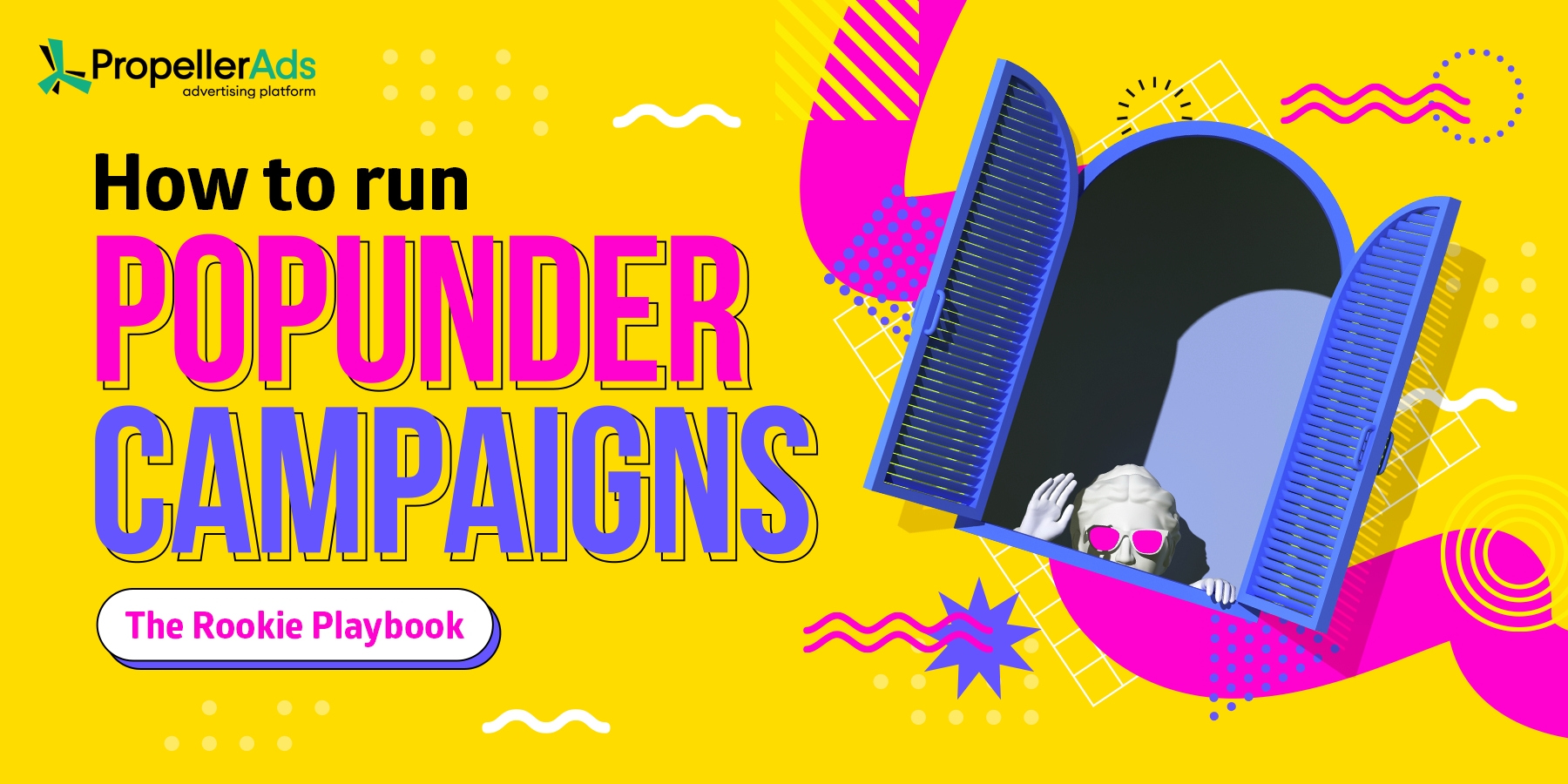
One key advantage of popunder ads is their ability to capture the attention of users. Unlike traditional display ads that can easily be ignored or blocked, a popunder ad appears in a new browser window once the user's current session is complete. This ensures that the ad receives optimum visibility and is more likely to be noticed by the user.
Additionally, popunder ads are displayed in the background, allowing the user to continue their browsing experience uninterrupted. This non-intrusive nature makes them less annoying to users compared to other ad formats.
2. Enhanced Targeting
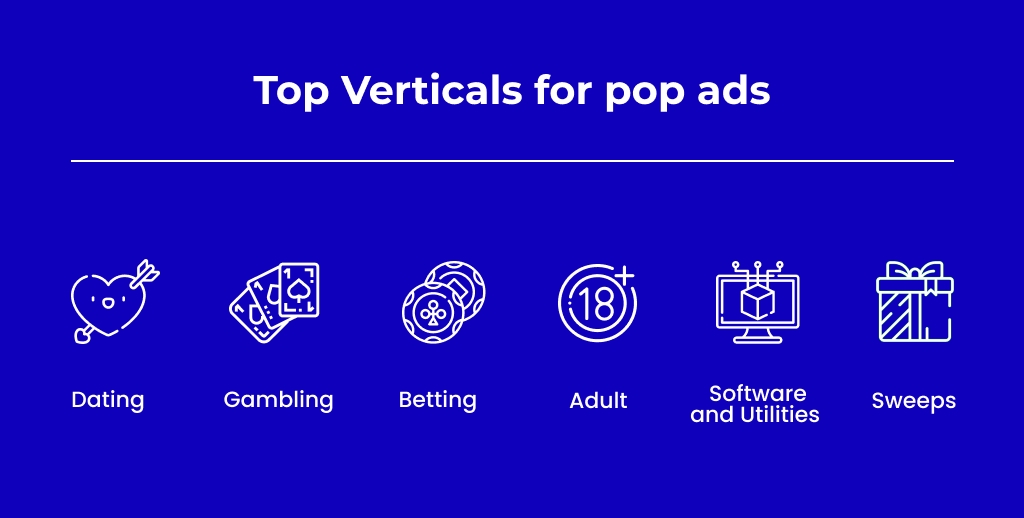
Popunder ads provide advertisers with various targeting options, allowing them to effectively reach their desired audience. Advertisers can target users based on demographics, interests, browsing behavior, and more. This level of precision ensures that the ad is displayed to the most relevant audience, increasing the chances of conversion and maximizing the return on investment.
Moreover, popunder ads can be geo-targeted to specific regions or countries, enabling advertisers to focus their campaigns on specific markets and optimize their advertising budget.
3. Higher Conversion Rates
One of the primary benefits of popunder ads is their ability to drive higher conversion rates. Since popunder ads are generally displayed after a user has completed their current browsing task, they have a higher engagement rate. Users are more likely to notice and interact with the ad, leading to increased click-through rates and conversions.
Furthermore, popunder ads can be designed to deliver highly targeted messages, enticing users with personalized offers and promotions. This level of personalization significantly enhances the chances of converting visitors into customers.
Increased Visibility
Popunder ads capture attention and are less intrusive.
Enhanced Targeting
Advertisers can target specific audiences based on demographics and interests.
Higher Conversion Rates
Popunder ads have higher engagement rates and can deliver personalized messages.
In conclusion, popunder ads offer several benefits for advertisers. Their increased visibility, enhanced targeting options, and ability to drive higher conversion rates make them an effective tool in online advertising campaigns.
The Evolution of Popunder Ads
Popunder ads have come a long way since their inception, adapting to the changing landscape of online advertising and user preferences. In this section, we'll explore the key milestones in the evolution of popunder ads.
Early Days: Introduction of Popunder Ads
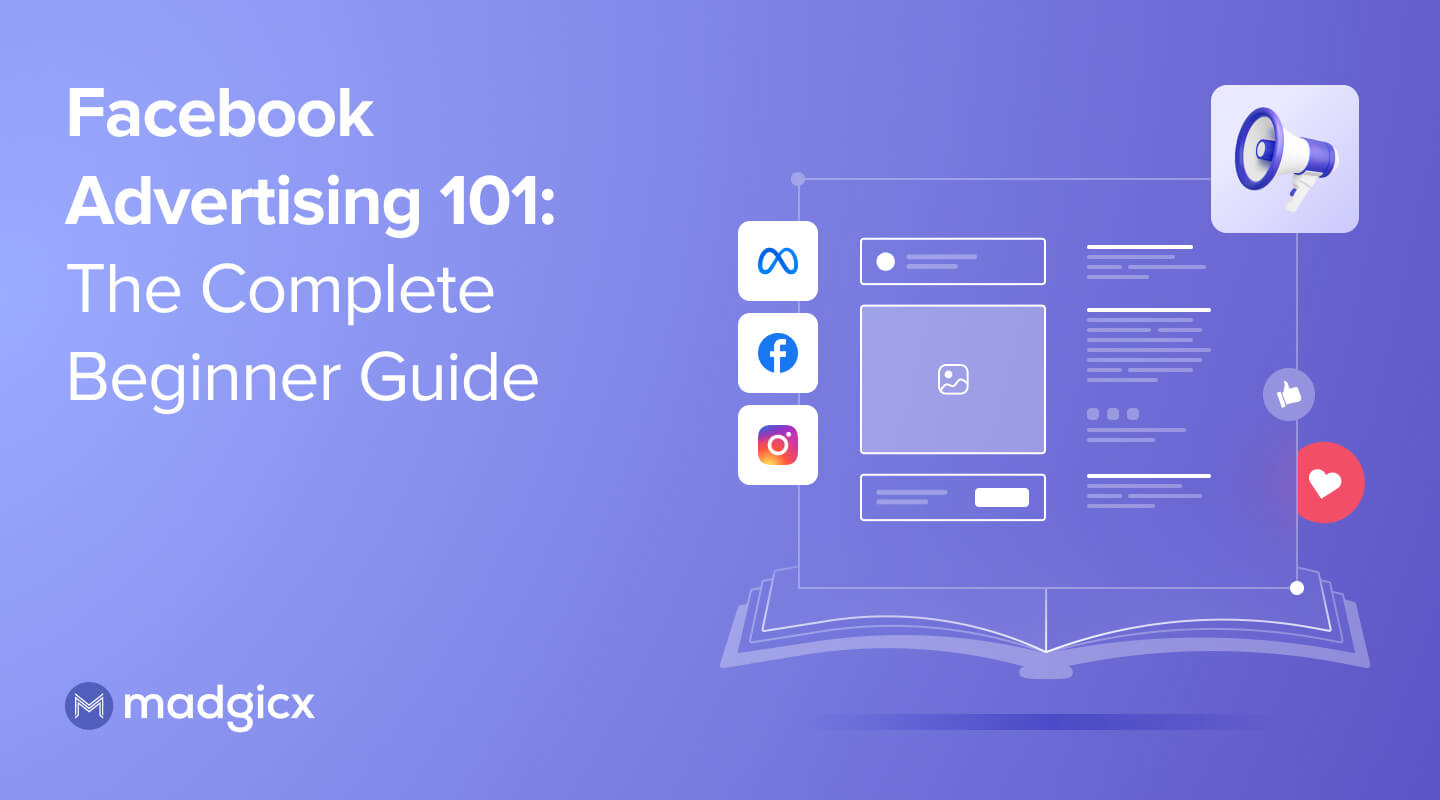
The concept of popunder ads was first introduced in the late 1990s as a new form of online advertising. These ads were designed to open a new browser window behind the current window, making them less intrusive than traditional pop-up ads. While pop-ups were immediately visible, popunders remained in the background until the user closed their current window, resulting in a more user-friendly experience.
Initially, popunder ads were used primarily for promotional purposes, such as displaying offers or driving traffic to specific websites. Advertisers quickly realized the potential of this format for reaching a larger audience and driving conversions.
Growing Popularity and Technology Advances

As Internet usage grew and technology advanced, popunder ads became more prevalent and offered richer functionality. Ad networks and platforms started incorporating popunder ads into their inventory, allowing advertisers to target specific demographics and optimize their campaigns for better results.
With the advent of better tracking and targeting technologies, popunder ads evolved to deliver more relevant and personalized content to users. Advertisers could gather data on user behavior and preferences to serve ads that were more likely to capture their attention and generate conversions.
The introduction of ad blockers also forced the evolution of popunder ads. Ad networks and advertisers had to find ways to bypass these blockers and ensure their ads reached the intended audience. This led to the development of new techniques and technologies, such as anti-ad blocking scripts and stealth popunders, which helped ads evade detection and reach users' screens.
Integration with Performance Marketing
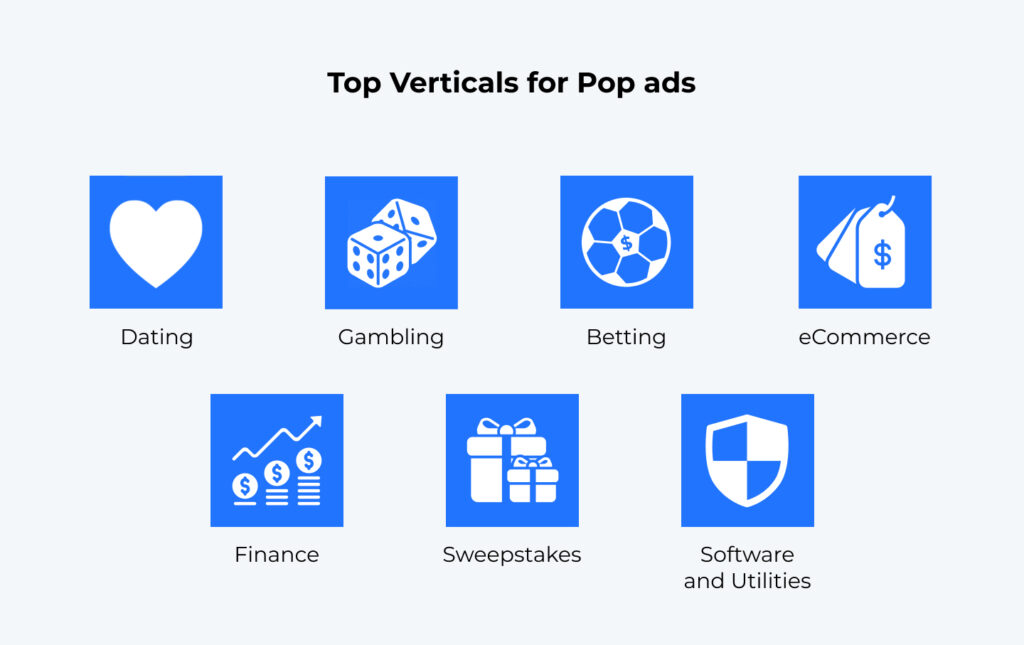
In recent years, popunder ads have become an integral part of performance marketing strategies. Advertisers leverage the ability to target specific audiences and track campaign performance to optimize their ROI. Popunders are often used to drive traffic to landing pages, promote lead generation, or increase conversions.
High visibility and reach
Increased usage of ad blockers
Effective for direct response campaigns
Refining targeting and personalization
Cost-effective compared to other ad formats
Addressing user concerns over intrusion
Overall, the evolution of popunder ads has been driven by the need to strike a balance between user experience and advertiser objectives. As technology continues to advance, it's likely that popunder ads will continue to adapt to meet the changing demands and challenges of the digital advertising landscape.
The Impact of Popunder Ads on User Experience
Popunder ads have become an integral part of the online advertising landscape, but how do they affect user experience? Let's take a closer look at the impact that popunder ads have on users.
First and foremost, popunder ads have the potential to interrupt the browsing experience of users. When a popunder ad appears in a new browser window or tab, it can divert the user's attention away from the content they are actively engaging with. This interruption can be irritating and frustrating for users, especially when they are in the middle of an important task or activity.
However, it's important to note that not all popunder ads are created equal. Some are designed to be less intrusive and more user-friendly, offering clear and easy-to-find ways for users to close or minimize the ad. These types of popunder ads can minimize the negative impact on user experience.
Another significant impact of popunder ads on user experience is the potential for slower website performance. Popunder ads often require additional resources to load, which can result in slower page load times. This can be frustrating for users who are looking for quick and seamless browsing experiences.
Furthermore, popunder ads can also contribute to a cluttered and overwhelming browsing experience. When multiple popunder ads are allowed to appear, they can make it difficult for users to navigate the website and find the content they are interested in. This can lead to an overall negative impression of the website and may discourage users from returning in the future.
To mitigate the negative impact of popunder ads on user experience, it is essential for website owners and advertisers to carefully consider the placement and frequency of these ads. By striking a balance between the need for monetization and providing a positive user experience, websites can ensure that popunder ads contribute to, rather than detract from, the overall browsing experience.
In conclusion, popunder ads have the potential to significantly impact user experience. From interrupting the browsing experience to slowing down website performance and contributing to a cluttered interface, these ads can have negative consequences. However, with careful planning and consideration, it is possible to minimize these negative impacts and create a more user-friendly online environment.
The Future of Popunder Ads
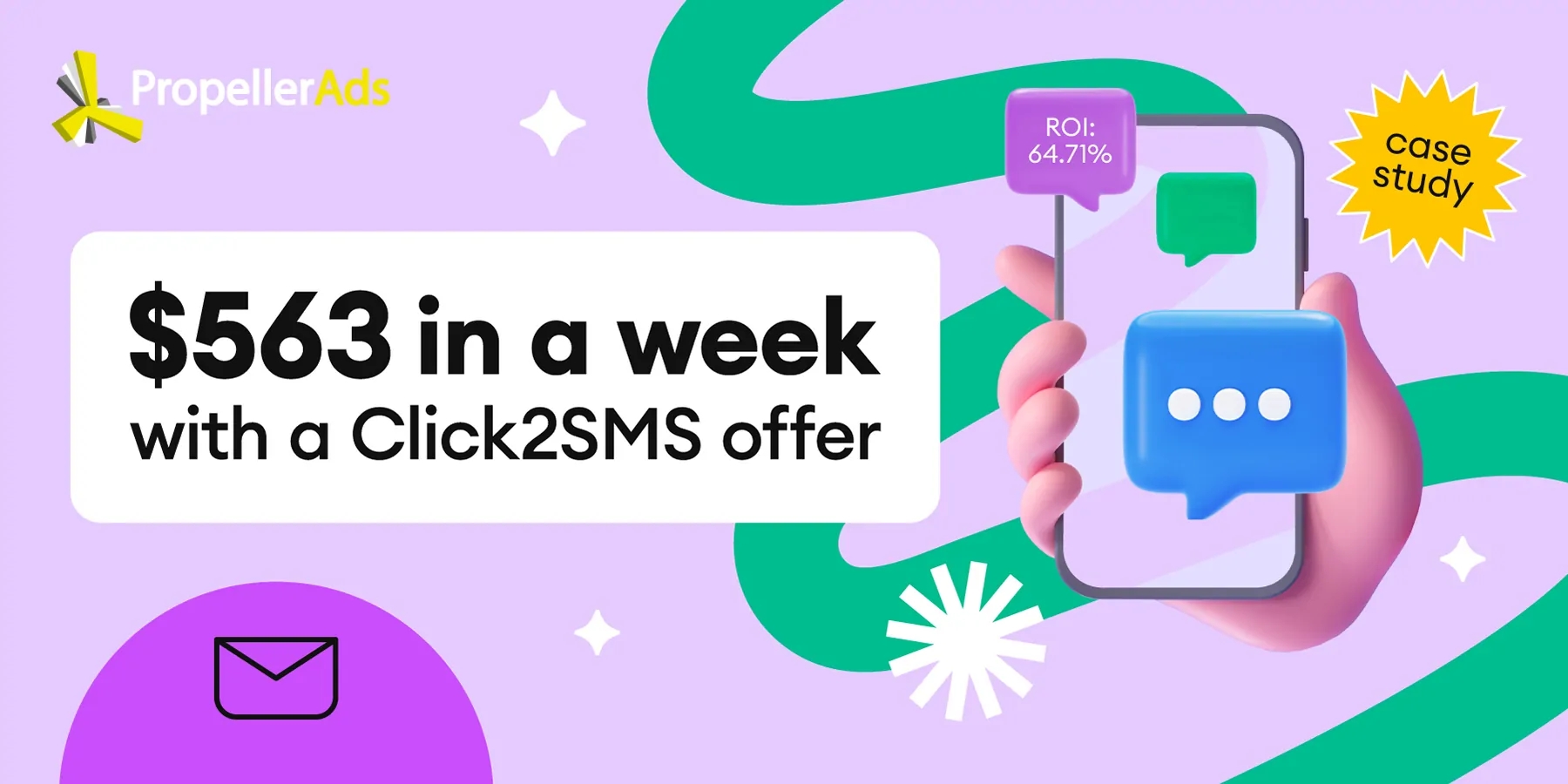
As we look ahead, the future of popunder ads is bright and filled with exciting possibilities. With advancements in technology and changes in user behavior, popunder ads are poised to continue evolving and adapting to meet the needs of both advertisers and users.
One of the main trends we can expect to see in the future is the use of more targeted and personalized popunder ads. Advertisers will be able to leverage user data and behavior insights to create ads that are highly relevant and tailored to individual preferences. This will not only improve the overall user experience but also increase the effectiveness of popunder ads in terms of engagement and conversions.
Another area of growth for popunder ads is in the mobile sphere. With the majority of internet users now accessing the web through their mobile devices, popunder ads will need to adapt to the smaller screen sizes and different user interactions. Mobile-responsive popunder ads that are optimized for mobile browsing will become increasingly important to capture and retain the attention of mobile users.
Furthermore, the integration of popunder ads with native traffic is also expected to play a significant role in the future of popunder advertising. Native traffic, such as that provided by TrafficStars, offers a seamless and non-intrusive way to reach users, making it an ideal pairing for popunder ads. By combining the native traffic expertise with the power of popunder ads, advertisers can maximize their reach and impact, while also providing a better user experience.
Overall, the future of popunder ads is marked by personalization, mobile optimization, and the integration of native traffic. As technology continues to advance and user preferences evolve, the popunder ads of tomorrow will continue to find new ways to engage users and deliver value to advertisers. It is an exciting time for popunder ads, and we can't wait to see what the future holds.
What are popunder ads?
Popunder ads are a type of online advertisement that appears in a new browser window or tab behind the main browser window. They are hidden until the user closes the main browser window or tab, making them less intrusive than pop-up ads.
How do popunder ads work?
Popunder ads are typically triggered by a user action, such as clicking on a link or button on a website. When the user performs the action, a new browser window or tab opens in the background, displaying the ad. The ad remains hidden until the user closes the main browser window or tab.
Why are popunder ads popular?
Popunder ads are popular among advertisers because they have a higher click-through rate compared to other types of online advertisements. They are also less intrusive, as they do not interrupt the user's browsing experience.
How have popunder ads evolved over time?
Popunder ads have evolved to become more sophisticated and less obtrusive. In the early days, popunder ads were often associated with spammy and low-quality content. However, advancements in technology and advertising standards have allowed for better targeting, customization, and user experience.
What are some of the challenges and criticisms associated with popunder ads?
Some users find popunder ads annoying and intrusive, especially when they are used excessively or inappropriately. Ad blockers can also block popunder ads, limiting their effectiveness. Additionally, there have been cases of malicious popunder ads being used to distribute malware or deceive users.
What are popunder ads?
Popunder ads are a type of online advertisement that opens in a new browser window or tab behind the current webpage the user is browsing. They are not immediately visible to the user, but can be seen when they close or minimize the current webpage.
How do popunder ads work?
When a user visits a website, a popunder ad is triggered to open in a new browser window or tab. The ad is usually displayed behind the current webpage so that it is not immediately visible to the user. When the user closes or minimizes the current webpage, they can then see the popunder ad.
Buy CPC Traffic | Buy Display Ads | Exclusive traffic sources | Buy Push Ads | Popunder ADS | Buy Native Ads | Buy Preroll Ads
2022-2024 @ The Rise and Evolution of Popunder Ads: A Comprehensive Guide